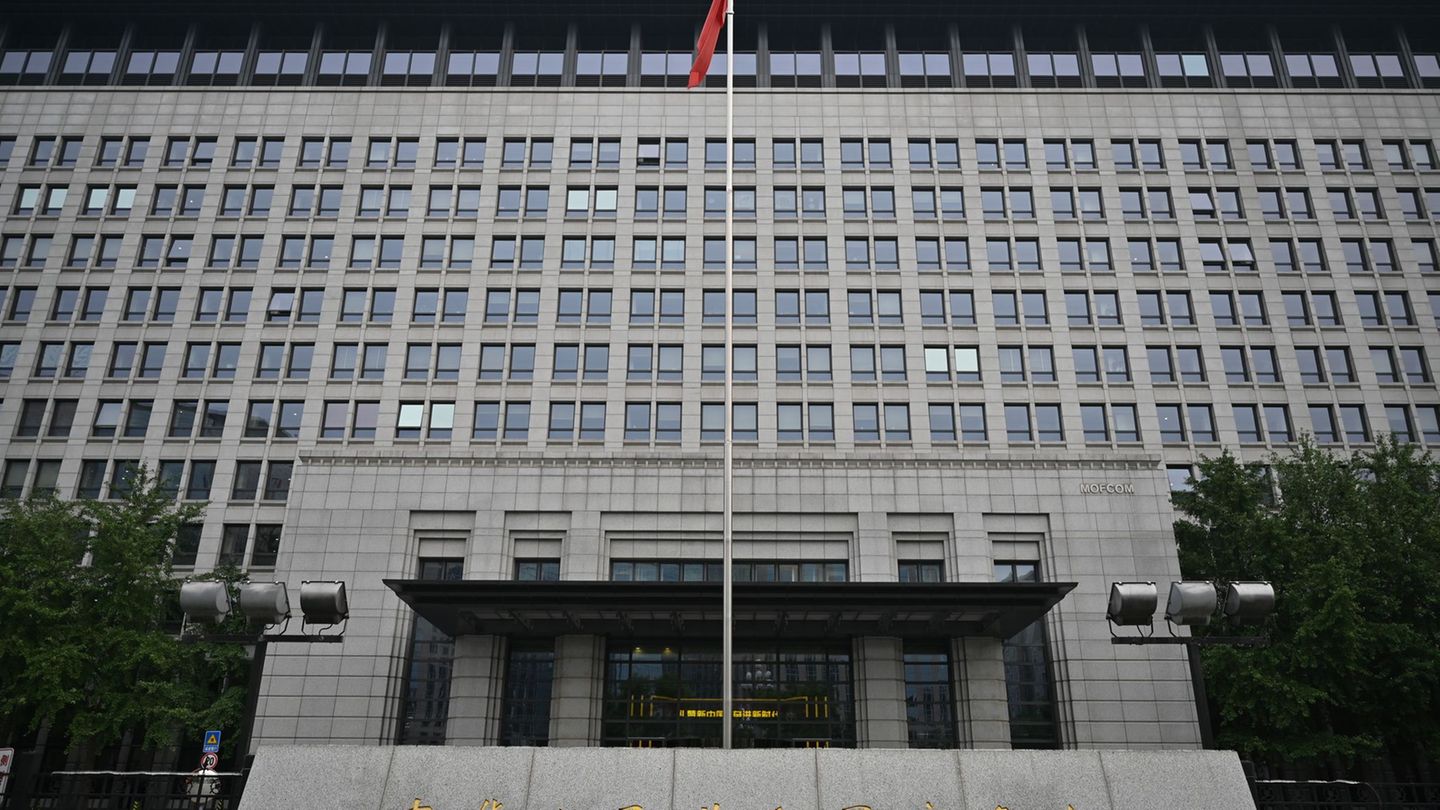A week after the event, the Buenos Aires Cereal Bag together with the INAI Foundation shared with Scope A report entitled “United States: Opportunities for Argentine Agroindustry in a free trade agreement”
As a context, the agency maintains that Mercosur, the block made up of Argentina, Brazil, Paraguay and Uruguay, He did not deepen Your network of commercial agreements “With the same intensity as other countries or blocks“, Which generates that exports”They must face worse access conditions that our competitors”Both in tariff and non -tariff matters.
Beyond the legal aspects of Mercosur and the possible implications of the president’s approach, for the stock market there is no doubt that a commercial agreement between Argentina and the United States It could bring renewed opportunities of a better quality of international insertion”
However, the doctor at RRII from the National University of Rosario and researcher of the Productive Policy area of Fundar, Julieta Zelicovichthey stopped what the legal aspects that hinder or make a trade agreement with the United States could be.
In radio statements, the specialist clarified first that The last free trade agreement signed by the United States was in 2012, with Panama.
During the Trump management yes They renegotiate trade agreements with Canada and Mexicoand with Joe Biden They agreed Sector Cooperation Agreementswith more limited effects, but none signed a new agreement.
Even in his assumption, the brand new American president signed executive orders where he only made minimal mention of the issue, enabling the Trade Department can study the convenience of signing with a country A free trade agreement, to improve market access.
In turn, he pointed out that the United States only signs free trade agreements as long as Authorize the Legislative Powerbody in which “There is an agreement between Democrats and Republicans not to approve them, due to the political climate in Washington”
In Argentina, according to the Article 75 subsection 24 Of the National Constitution, the treatment of these agreements will require the absolute majority in both chambers. Thus says the detail:
“The approval of these treaties with Latin American states will require the absolute majority of all the members of each Chamber. In the case of treaties with other states, the Nation Congress, With the absolute majority of the members present of each camerawill declare the convenience of the approval of the treaty and can only be approved with the vote of the absolute majority of all the members of each chamber. ”
“The approval of an agreement of the style requires a political scenario that does not exist today, apart from whether or not it is desirable in economic terms, All the rest is science fiction”, Concluded Zelicovich.
For all this is that the possibilities of a cooperation agreement are stronger than Does not affect the operation of MERCOSUR that a rupture scenariowhere the relationship with Brazil (main commercial partner) is damaged in terms of cooperation and coordination of Agenda.
Free Trade Agreement: What Argentina could add to the USA
The US is the main world economy and, despite being an agricultural power, it is the Third importer of agroindustrial productsfor almost US $250,000 million annually, only behind the European Union and China.
It has fourteen Commercial agreements, including the T-MEC with Mexico and Canada. Outside these agreements, the Average tariff applied is 3.9%, But for the bag “a lot of dispersion” is observed since the United States remains one of the main subsidiars of agricultural products worldwide.
In the document it is detailed that Argentina occupies the 24th position of the ranking of countries that supply the United Stateswith an important participation of their regional economies and high -value products, by U $ 2,100 million. “We realize only the 0.8% of the total Imported by the US ”, relativizes the bag.
The low magnitude of the percentage is explained, according to the entity, for two reasons: lack of access conditions that have the main suppliers of the US market and Commercial Defense Measures adopted by the United States that “closed or limited exports of key products” such as biodiesel, honey or concentrated lemon juice.
In that sense, for the Buenos Aires Cereal Stock Exchange a commercial agreement “could positively address these two large access limitations”
How much more could Argentina export to the United States? According to a commercial complementarity analysis, opportunities are detected to increase exports in a wide range of producers, including Preparations Food, Wines, meat Bovine, potatoes frozen, Chocolates, olive oil, Biodiesel, juices and Confectionery articlesamong others.
For example, the US imported food preparations for a value of U $ 6,800 million In 2023, but local exports were marginal for a total of U $ 46 million.
Regarding wines, Argentina maintains a relative participation of little more than 4% of American imports, of a total of U $ 4,883 million.
Argentina’s bovine meat exported to the North American country U $ 46 million (of U $ 4.3 billion imported).
On the contrary, The country keeps Biodiesel’s US market since 2018when the country imposed compensatory and anti -dumping rights, which combined They added about 140%.
How is the commercial relationship between the United States and Argentina?
With a commercial agreement or without it, the numbers show that The United States is a strategic partner for Argentina.
In 2024, The US was the second destination of national total exports, Encourage 9% of what is exported to the world, only behind Brazil.
The Exports Argentinas totaled US $ 6,450 million14.5% more than in 2023, and, in turn, Imports They totaled US $ 6,220 million28% less than in the same period.
The figures realize that for the first time in decades Argentina recorded commercial surplus with the USA, which totaled little more than U $ 200 million. This data is significant if it is considered that the 2023 trade deficit was around US $ 3,000 million.
In the disaggregated exports, 37% were manufactures of industrial origin (MOI), followed by a 34% fuels and energy (Cye), 18% manufactures of agricultural origin (MOA) and the rest correspond to primary products (PP).
The United States maintains an important dependence on imported agroindustrial products, which come to represent 20% of internal consumption. From Argentina, the main products sent are wine, honey, prawns, bovine meat and lemon essential oil.
Anyway, the cereal bag warns that Argentina “has suffered the adoption of different commercial defense measures from the USA”
Some of the measures adopted limited or directly prohibited the entry of characteristic products of the export matrix, such as soybean biodiesel, honey, concentrated lemon juice and grape must. “This point, along with the worst tariff condition compared to other competitors (such as Mexico and Canada) They are part of the explanation of why the relative participation of Argentina is low in the US market”, Concludes the report.
Source: Ambito
David William is a talented author who has made a name for himself in the world of writing. He is a professional author who writes on a wide range of topics, from general interest to opinion news. David is currently working as a writer at 24 hours worlds where he brings his unique perspective and in-depth research to his articles, making them both informative and engaging.




